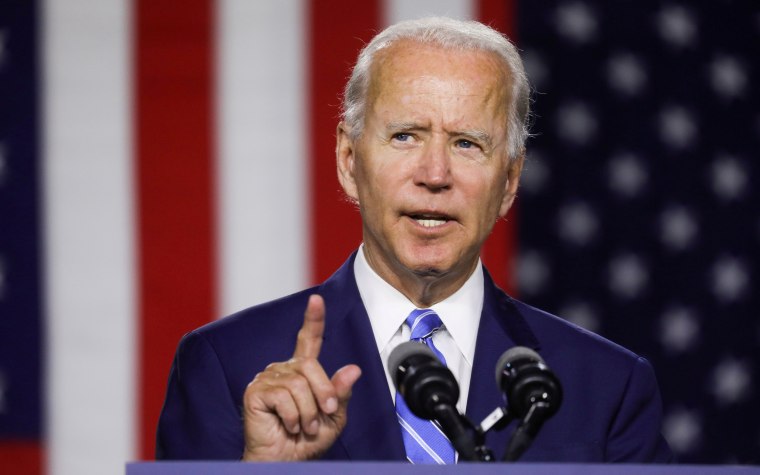After months of speculation about who might be the Democratic vice presidential nominee, the suspense will apparently end next week.
Joe Biden, the presumptive Democratic presidential nominee, said on Tuesday that he would choose his running mate in the first week of August following months of anticipation. “I’m going to have a choice in the first week in August, and I promise I’ll let you know when I do,” Biden told reporters during a rare question-and-answer session following a speech in Wilmington, Del.
And since the big announcement is just days away, now seems like as good a time as any to review the three-category framework I write about every four years.
As I see it, running mates nearly always fall into one of three categories:
A "summer" running mate is announced around the time of the candidate's major-party convention, and the choice is made with party unity in mind.
A "fall" running mate is made around the same time, but the focus of the choice is the general election: candidates choose a "fall" to help them win the presidency.
A "winter" running mate is one in which the presidential nominee expects his or her vice president to help with governing after Inauguration Day.
I've always seen the categories themselves as value-neutral -- there have been good and bad running mates in each grouping. What's more, we'll occasionally see a running mate who falls into more than one category.
But the framework often helps clarify matters. Lyndon Johnson in 1960 and George H.W. Bush in 1980, for example, were classic "summer" picks, intended to bring competing party constituencies together. I'd argue that Mike Pence belongs in this category, too. (It's easy to forget, but ahead of his convention, Donald Trump faced significant skepticism from many Republicans. Party unity was one of his key goals four years ago.)
Some recent "fall" picks would probably include John Edwards in 2004 and Jack Kemp in 1996. (Ironically, these tickets lost.)
As for "winter" running mates, Dick Cheney in 2000 is a classic example, and I'd make the case that Joe Biden in 2008 probably falls into the same category.
So, what can we expect from Biden next week? I don't really expect a "summer," since polls show the former vice president with broad Democratic support. It seems more likely he'll pick a "winter," looking for a governing partner, along the lines of his own role with Barack Obama.
But that's largely a guess. The answer isn't far away.

